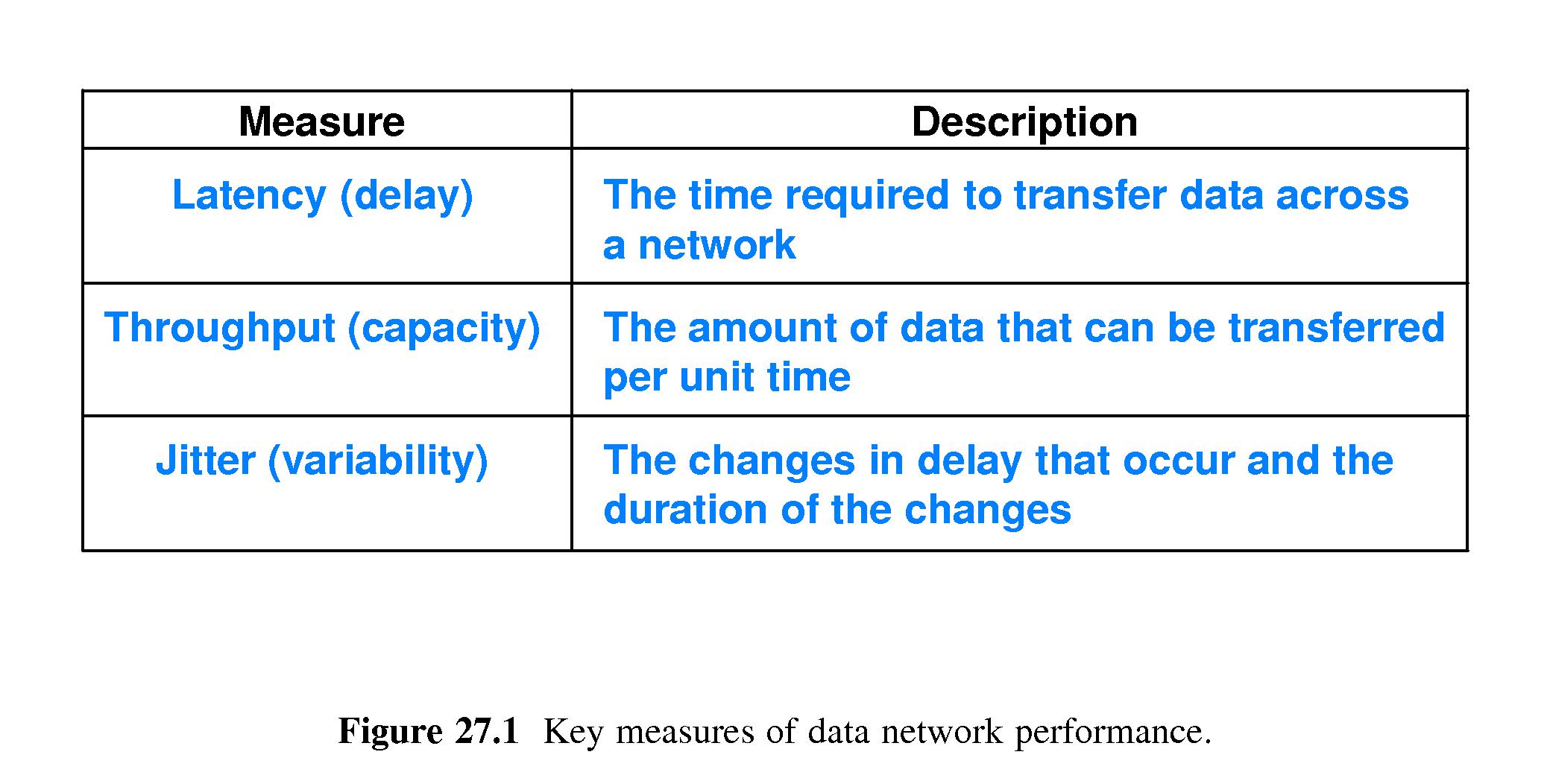
If your business makes lots of calls but very rarely will have more than two concurrent calls, you won’t need more than one or two channels. Each channel allows two concurrent calls: one incoming or outgoing. Every SIP Trunk contains a number of channels, which are essentially virtual versions of old fashioned telephone lines. A good SIP provider will help you calculate this.Ĭhannels are a key component of understanding the makeup of how trunks are packaged and provided. The number of channels you’ll need as a business is tied to the number of simultaneous calls you’ll be making and receiving. A trunk is now a collection of assigned “channels”, each one of which can handle a set number of concurrent (happening simultaneously) calls. With the internet, this process became virtual. “Trunks” refer to traditional groups of cables that would link from local telephone exchange to exchange. A good VoIP provider should always help you choose the best option to fit your business. Call centres, for example sales or support hubs, are highly likely to run more complex PBX systems supported by specialist high-volume SIP services.įor these businesses, getting the right SIP provider that fits their calling profile can mean serious cost savings in the long run, with the downside of spending more on hardware and setup in the short term.įor other types of businesses, hosted PBXs may be a better bet, as they allow a similar range of features and reliability with almost none of the maintenance and setup cost of on premise alternatives. On premise PBX systems, combined with relevant setup and maintenance, can be very expensive in the short term.Īny business or site with a high volume of outbound and inbound calls need the flexibility and cost-effectiveness that SIP Trunking provides.

These can be agencies and managed service providers, but will also need at least one in-house contact with some knowledge of telephony. On premise PBX systems need professionals to set up and maintain them. IT managers and telephony specialists in house

Using on premise hardware combined with SIP trunks is particularly suited to businesses with these characteristics: But if you’re new to phone systems or are changing from an analogue PBX, you have a choice to make between an on-premise (often shortened to “on prem” in industry lingo) IP PBX or a fully cloud hosted PBX system. In short, any business! If you already have an IP PBX, you’ll know (or should know) that SIP Trunks are an absolutely essential component.


 0 kommentar(er)
0 kommentar(er)
